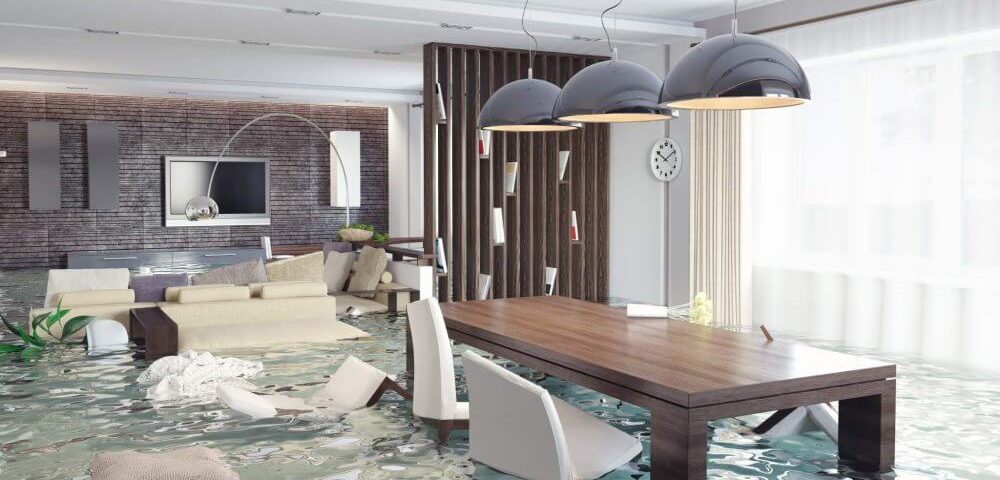- Restoring Every Detail, From Start to Finish
- (801) 263-9990
How to Assess Water Damage Before Drying Out – What to Know

Asbestos Removal – Determining Your Budget
May 19, 2020
Water Damage Removal – 4 Types of Equipment Used in the Process
June 2, 2020Experiencing several flash floods and landslides in a year, water damage repair services in Utah are not unheard of. In fact, if you’re doing any renovations to your home, it’s likely due to water damage caused by these natural occurrences or other factors like melted snow. If your home or business is suffering from leaky pipes, it may be tempting to handle the cleanup and drying yourself, especially if you’re short on time and resources. The problem is, DIYing repairs aren’t as straightforward as they seem. Here are the 3 key aspects of water damage you’ll need to assess before addressing them yourself.
1. Know what kind of damage you’re dealing with
To understand the risks of water damage, you’ll first have to familiarize yourself with the 3 different types of water that leak into your pipes. These include:
- Clean water (category I)
- Gray water (category II)
- Black water (category III)
More often than not, water damage will be assessed according to the type of water causing it, as these present different health risks to homeowners or employees. The most likely sources of clean water, for example, are likely to come from pipes, heaters, steam lines, or rain. If it looks and smells like tap water, it’s likely a category I repair.
If you’re experiencing category II or III damage, on the other hand, you’re better off consulting with a professional rather than trying to fix the problem yourself.
2. Investigate all the damage
The most difficult part of investigating problems such as broken pipes or rainwater incursions is that you won’t always know what else you’re looking for. Chances are, you’ll only be able to inspect a small part of the damage, as the majority of moisture can be hidden in walls. It’s critical to identify and dry all these areas in order to prevent the growth of mold.
Furthermore, what material your wall is made of will make a difference.
Drywall
Drywall, for example, can often be salvaged completely if you act quickly enough. Moisture meters can help you evaluate its structural integrity, which can identify features such as whether your wall is insulated. If so, you’ll need to use flood cuts. If not, your best plan of action is creating weep holes.
Firewall
If your home or building is made with a firewall, you’ll only want to use staggered cuts. You’ll also need to identify your base molding and flooring materials to determine how best to treat them. If your floors are made with carpet, you may simply be able to pull back the material and dry them using a fan. Other materials might require special attention.
3. Establish proper airflow and keep the windows closed
If you’re experiencing flooding, it may be your first instinct to open up all the windows to speed up the drying process. However, this actually isn’t very helpful, especially if your building is mechanically ventilated. This means that internal systems will need constant pressure levels to function properly, and these can be affected by excess coolness or the heat and humidity brought in by open windows. In the end, you may be complicating the drying process instead of making it more efficient.
Instead, you’ll want to pull away wet materials and apply the proper holes and cuts in each wall as needed. Then, you’ll want to attach an air mover for every 15 – 25 square meters of floor space. If the moisture and density are particularly high, you can install more air movers. To prevent mold, materials need to be completely dry before being reassembled.
Conclusion
No matter what type of water damage you’re dealing with, you’re going to want to gather all the information you need before proceeding with a solution.
If you’re experiencing water damage in Utah, you may be better ringing our professionals. We provide a comprehensive range of services that cover anything from flood damage repair to mold remediation!


